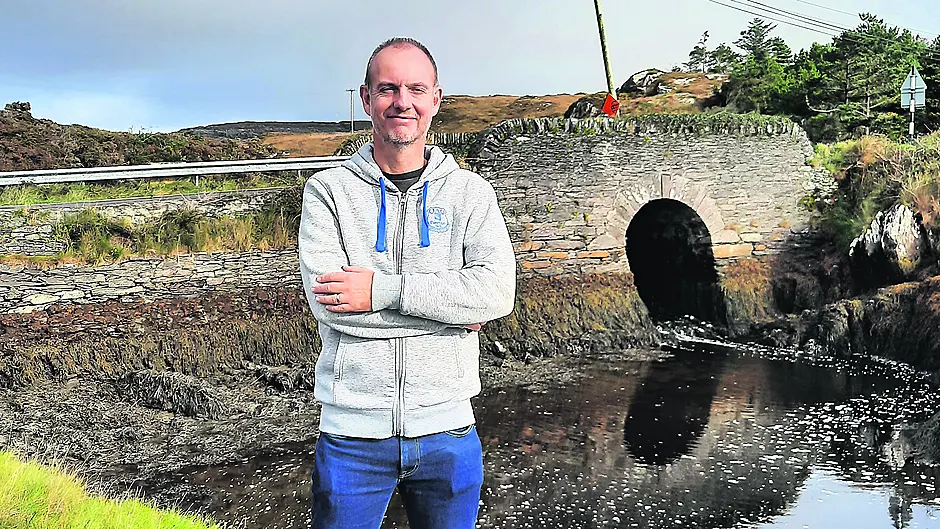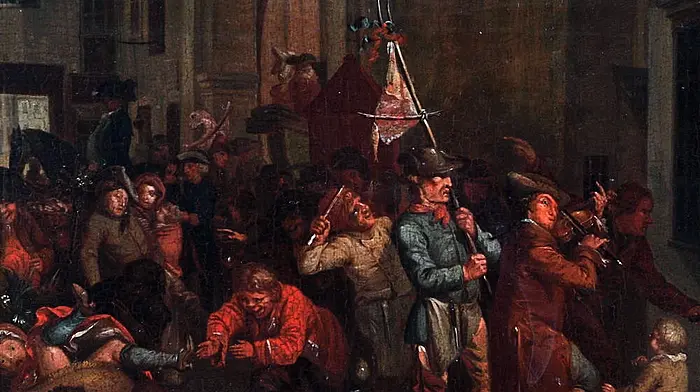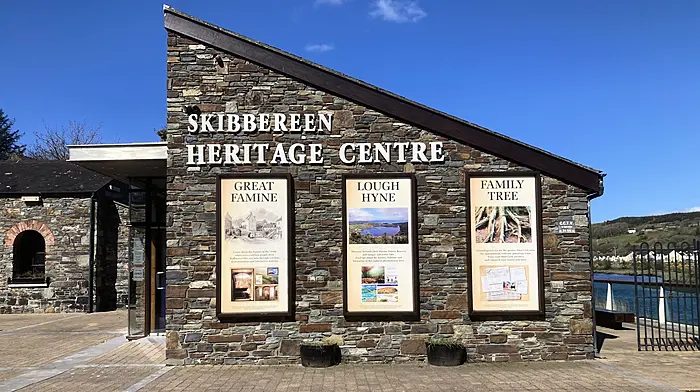British true crime author Nick Foster raised eyebrows last week when he revealed the discovery of an unopened bottle of wine near the home of murdered Sophie Toscan du Plantier. Here he explains its significance
MANY people in West Cork – and more widely, on the island of Ireland – must have wondered: how can it be that the murder of Sophie Toscan du Plantier is still unsolved? As the author of a true crime book on the case, I have asked myself this question on numerous occasions.
Now I’m much closer to understanding why.
I released some information last week on Twitter concerning a dispute over a bottle of wine that I believe sparked the violence that ultimately led to Sophie’s murder. Essentially, Sophie’s assailant was planning to pay a visit to a neighbour of Sophie’s on the night of the crime, but the lights were out in the neighbour’s house. The killer’s attention turned to Sophie’s cottage, where the lights were on. When Sophie opened her door, the killer grabbed a bottle of wine from her porch. He refused to give it back to her, and struck her with it.
A man (I will call him “Man A”) revealed this information – and specifically the detail about the bottle of wine – in a confession to another man (“Man B”) being held on remand in an Irish prison in the early 2000s. Man B gave a couple of statements to the guards recounting what Man A had told him. It is my understanding that Man B was subsequently found guilty of a very serious crime, and has served a long prison sentence.
While Man B is not an ideal witness, what is crucial here is that he could not have found out about the bottle of wine from anyone else other than someone very familiar with the crime scene. Why? Quite simply because the discovery in 1997 of an unopened bottle of wine in bushes on the Kealfadda road by a farmhand, a couple of hundred metres from the entrance to the boreen leading to Sophie’s house, was kept secret. It is almost out of the question that Man B could have guessed the existence of the bottle of wine and inserted it in a fake story about Sophie’s murder.
This means that the thrust of Man B’s report of his conversation with Man A is likely to be true and, in turn, the person who made this confession to Man B is likely to be Sophie’s killer (or in some way a witness to the murder of the Frenchwoman).
What concerns me is that back in the day the guards may well have missed a trick with this evidence, which on the face of it looks very significant.
The farmhand who found the bottle of wine in 1997 was re-interviewed by gardaí in 2002 (ie after they had spoken with Man B).
The farmhand confirmed his discovery of the bottle and where he had found it. This shows that the guards took seriously Man B’s account of the confession he heard from Man A.
The problem is that the evidence from Man B was not included in the police file – at least not in the police file I have in my possession. Also, I don’t think it was ever passed on to the French investigators.
It’s another aspect of this troubling case that doesn’t add up. That said, I continue to work flat-out on investigating the many leads that Irish people have given me. I think we are close to the endgame. Sophie’s grieving family deserve to know the truth about what happened at Toormore that cold December night in 1996.
They deserve the whole truth – and so do the people of West Cork.
• Murder at Roaringwater by Nick Foster is published by Mirror Books, and available now.







